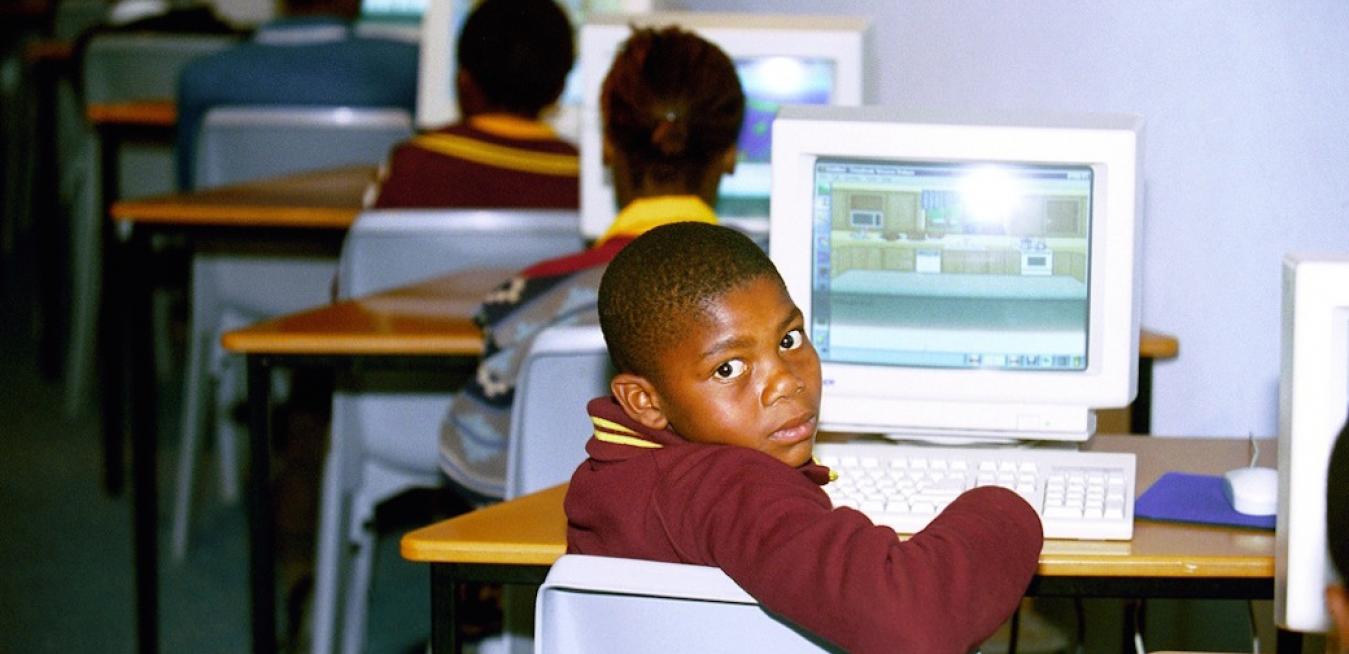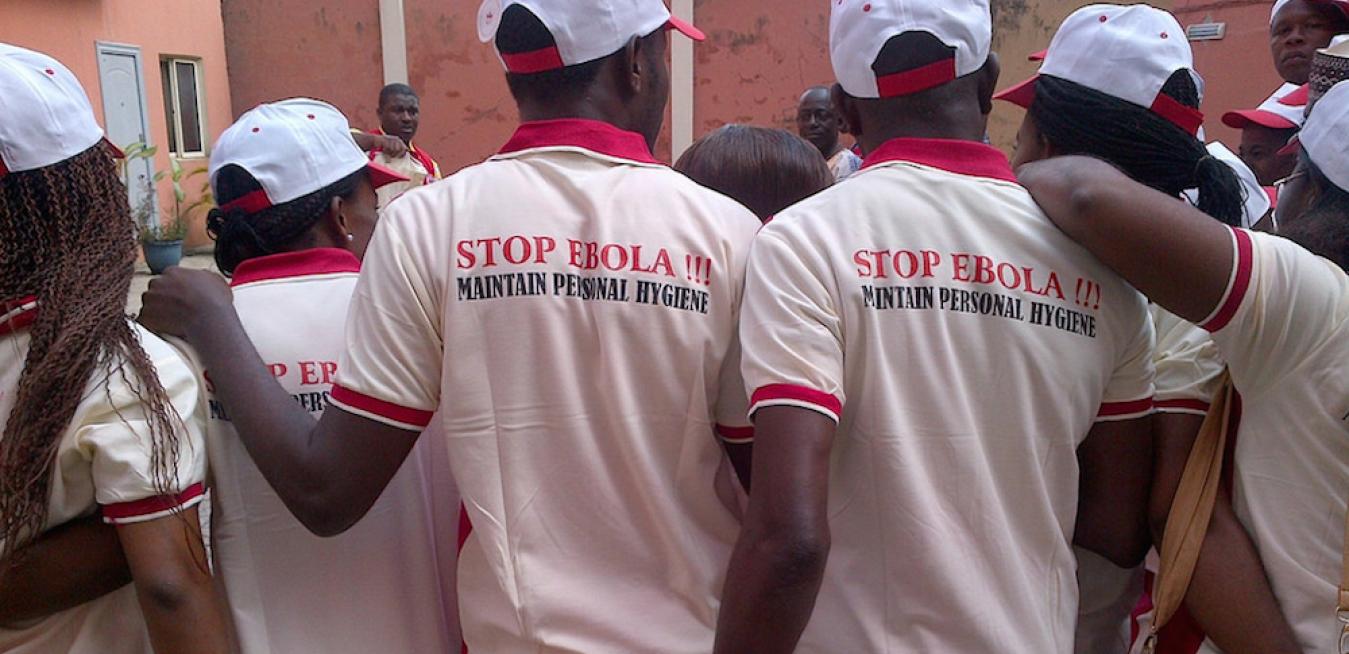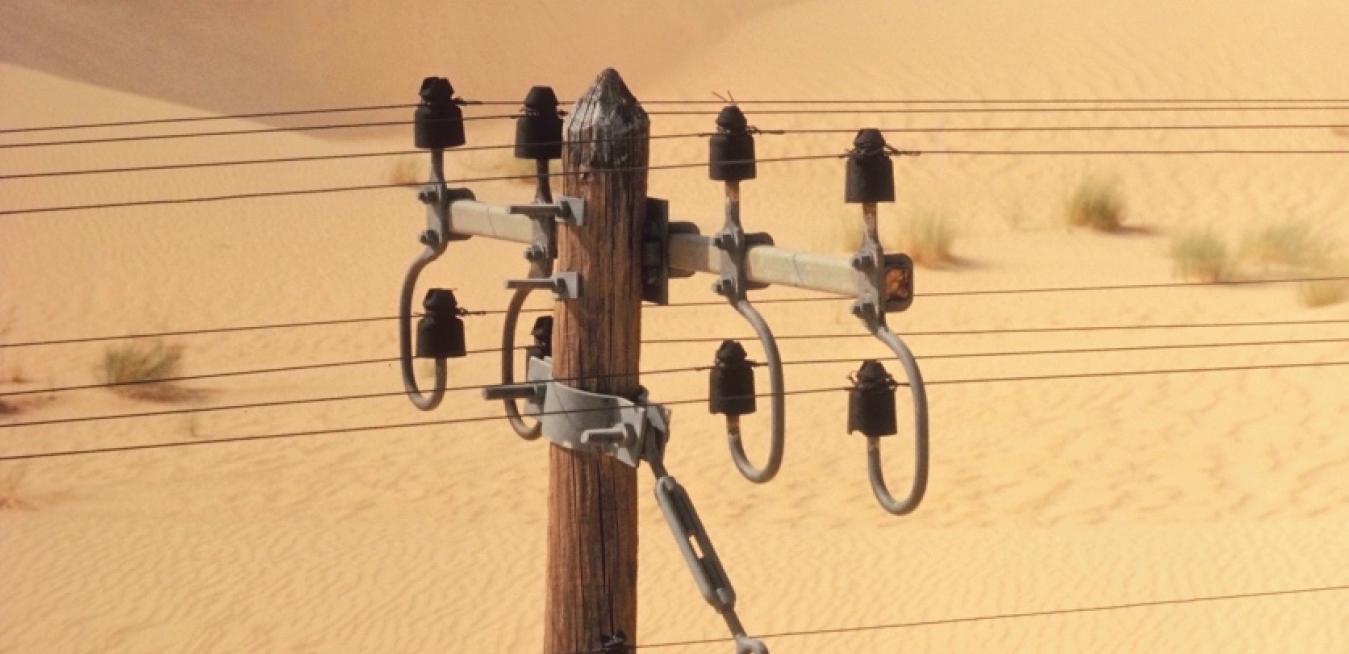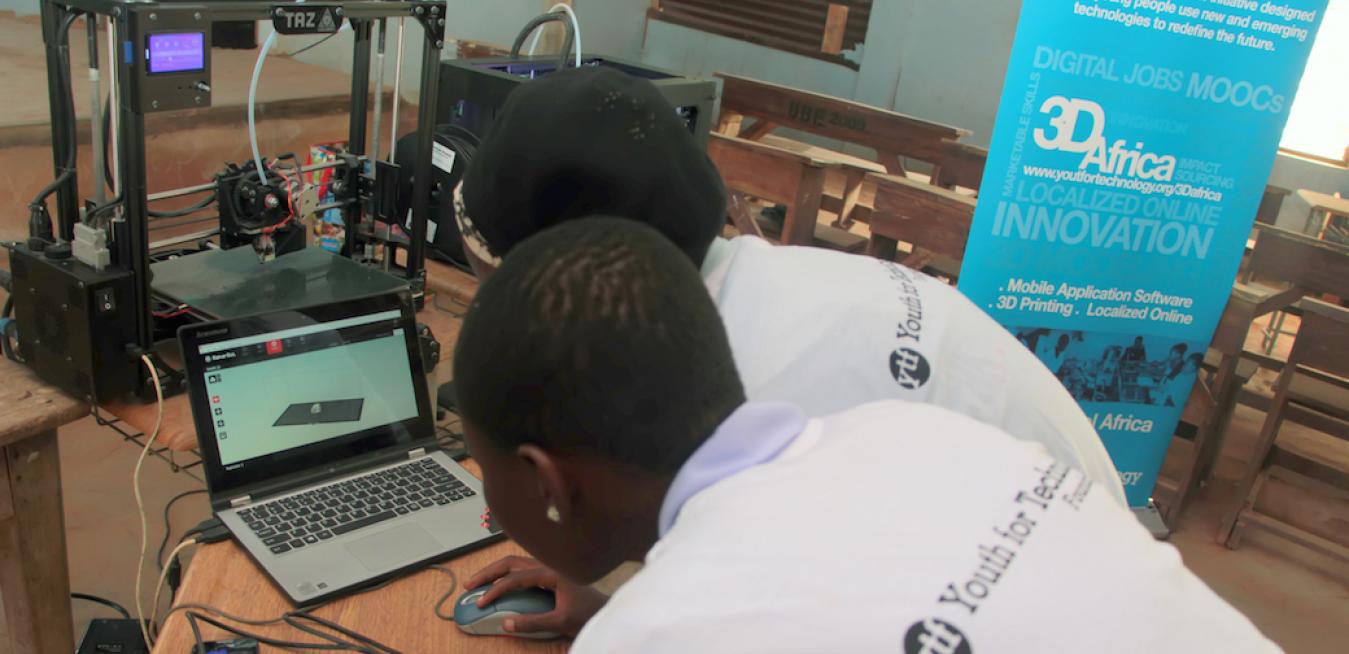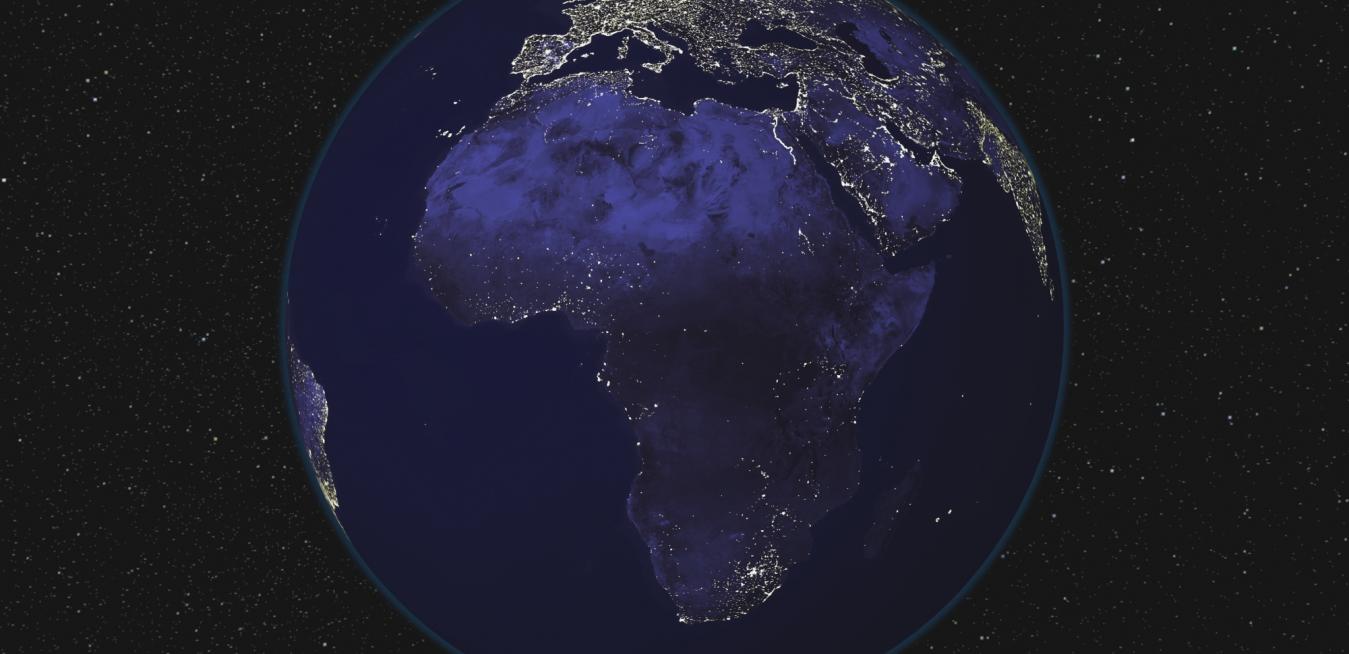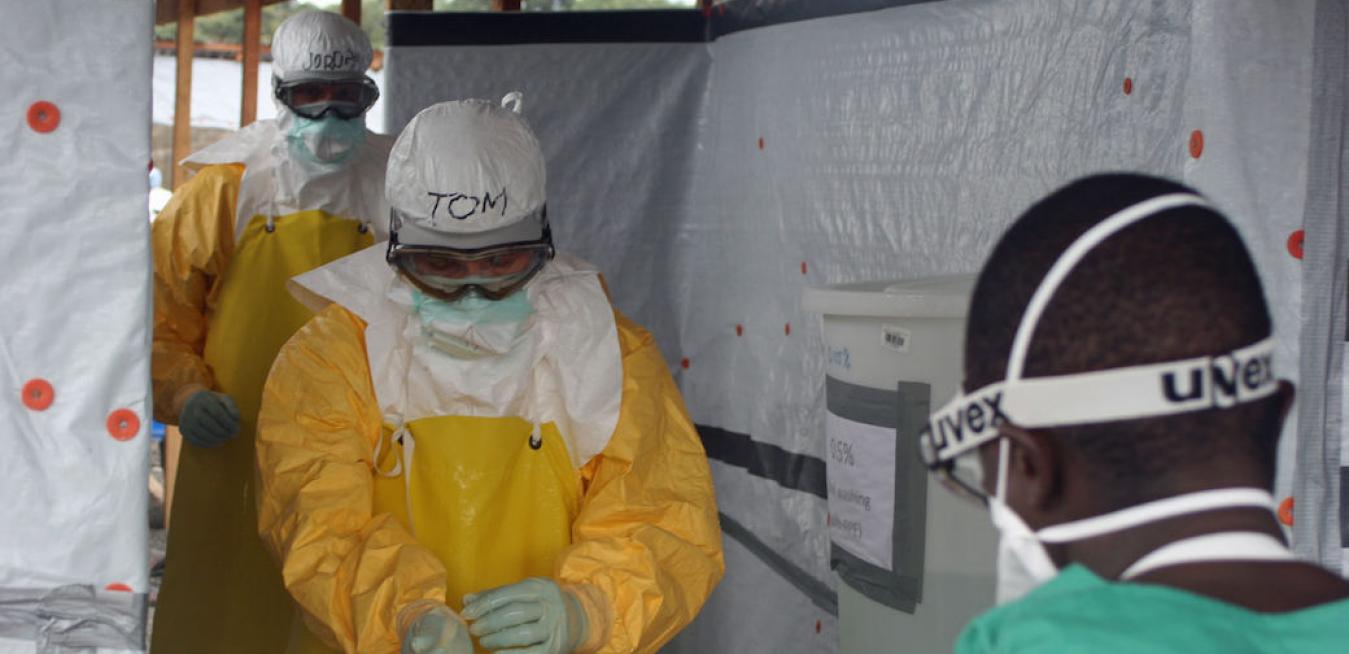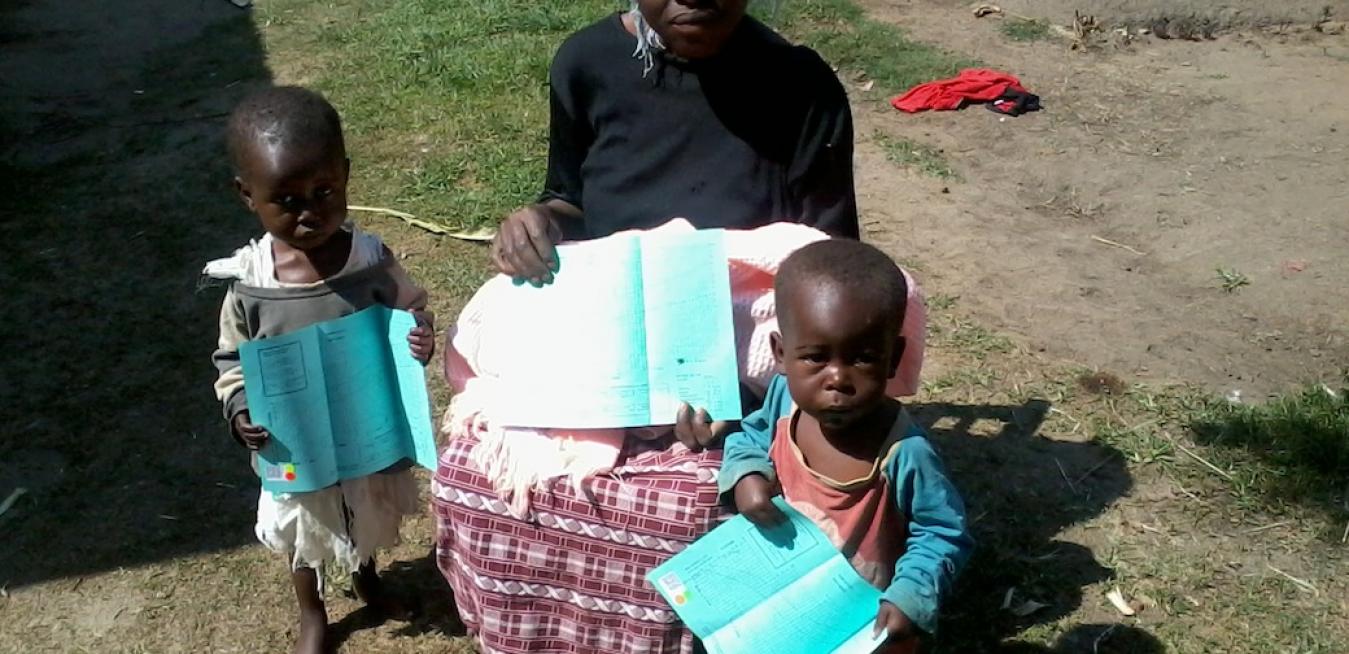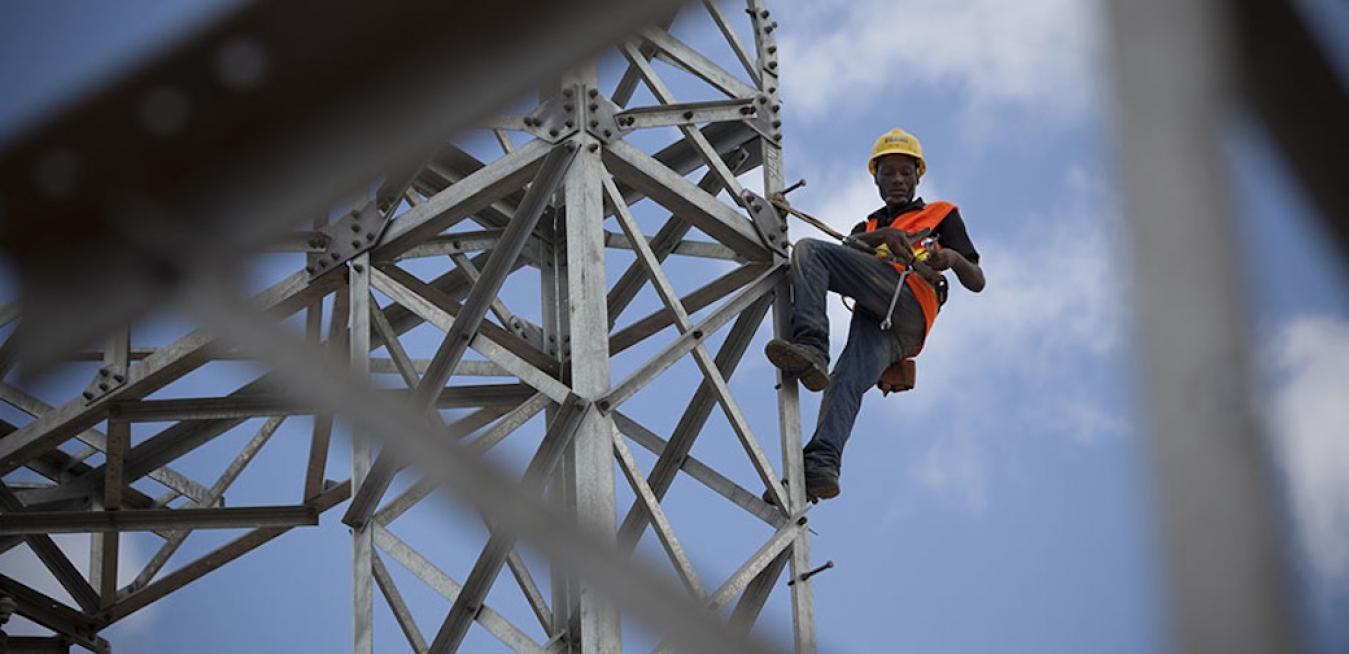Africa faces a “bold revolution,” in which some of our biggest challenges can become unique opportunities.
As global leaders met at the World Economic Forum Annual Meeting, the focus was on how the Fourth Industrial Revolution can deliver jobs and economic prosperity for all people across the world.
From the Brink: As part of a regular series featuring content from BRINK, Jason Rao of the American Society for Microbiology and David Silbey of Cornell University discuss the importance of collaboration between governments and NGOs in containing a disease outbreak.
Data can help channel private-sector investment and incentivize reforms, creating a positive cycle for development.
A small American energy company is looking to expand into the developing world. It has limited resources to scope out the relative risk of foreign markets, so it relies in part on a trove of indices gathered by the international community. In the emerging and developing markets of the 21st century, that kind of easily available data can help drive critical foreign investment decisions.
Africa’s young innovators can leapfrog into the digital revolution with the right tools and training.
The 4th Industrial Revolution is driven by newer technologies, such as 3D printing, that are changing industrial processes by accelerating them and making them more flexible. With the right tools and training, young innovators in Africa have the opportunity to skip the second industrial revolution — traditional mass production — and leapfrog straight to digital manufacturing. This, in turn, can provide them with a path out of poverty.
Paying the word’s infrastructure needs is daunting, which is why we need real leadership and innovative thinking.
It wasn’t just luck that the Ebola epidemic didn’t spread once it reached Lagos. Here’s what other countries can learn from Nigeria’s effective response.
A horror never before seen unfolded in late spring and summer 2014: the first urban Ebola epidemic in human history.
As Ebola spread through the densely populated urban center of Monrovia, Liberia, cases overwhelmed the country’s fragile health infrastructure. Hospitals and Ebola treatment units overflowed with sick and suffering patients; television crews filmed people dying in the streets.
